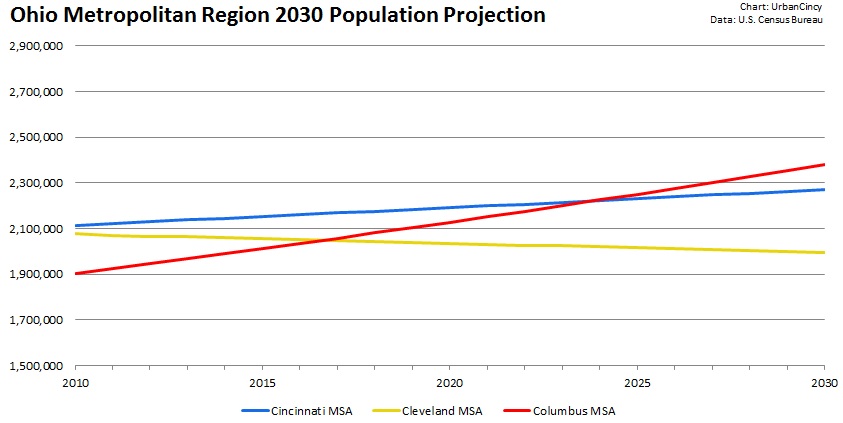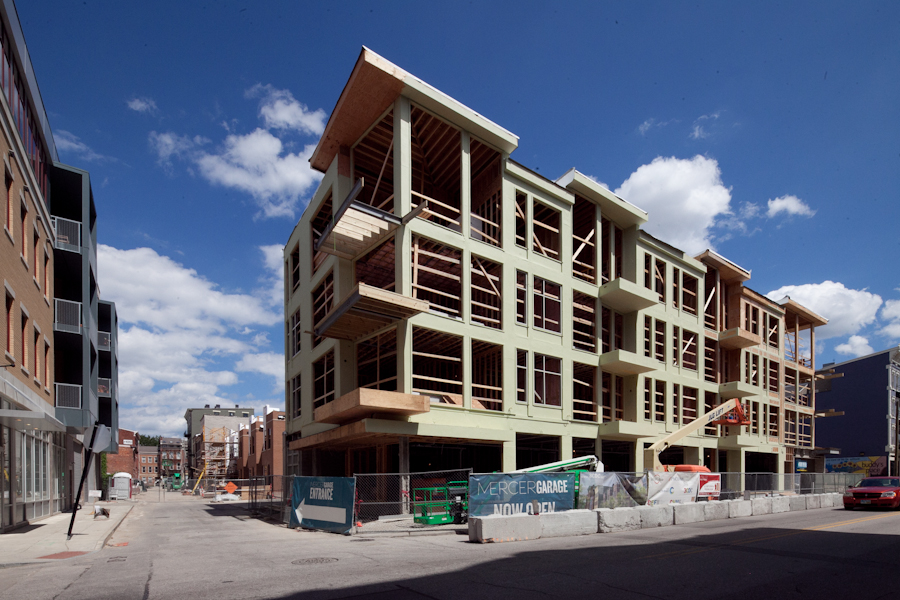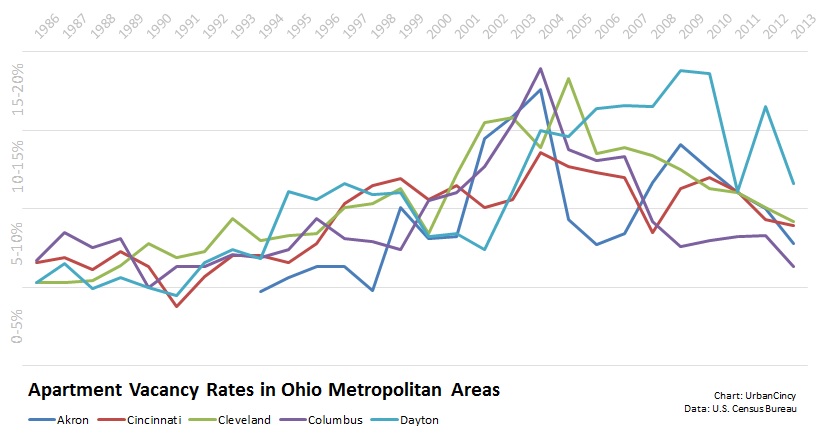The suburbanization and segregation of American cities didn’t happen by chance.
Most urban planners are taught that public policies, in addition to free market choice, led to the suburbanization, and thus segregation, of most American cities. In fact, some argue that public policies had a far greater role in influencing this migration than anything else. More from the Washington Post:
Suburbs didn’t become predominantly white and upper income thanks solely to market forces and consumer preferences. Inner city neighborhoods didn’t become home to poor minority communities purely through the random choices of minorities to live there. Economic and racial segregation didn’t just arise out of the decisions of millions of families to settle, by chance, here instead of there.
The geography that we have today — where poverty clusters alongside poverty, while the better-off live in entirely different school districts — is in large part a product of deliberate policies and government investments. The creation of the Interstate highway system enabled white flight. The federal mortgage interest deduction subsidized middle-income families buying homes there. For three decades, the Federal Housing Administration had separate underwriting standards for mortgages in all-white neighborhoods and all-black ones, institutionalizing the practice of “redlining.” That policy ended in the 1960s, but the patterns it reinforced didn’t end with it.
“Exclusionary zoning” to this day prevents the construction of modest or more affordable housing in many communities. Decisions about where to create and whether to fund transit perpetuate these divides. Government ideas about how to house the poor lead to Pruitt-Igoe and Cabrini-Green, and then government’s fleeting commitment to those projects led to their disintegration.





